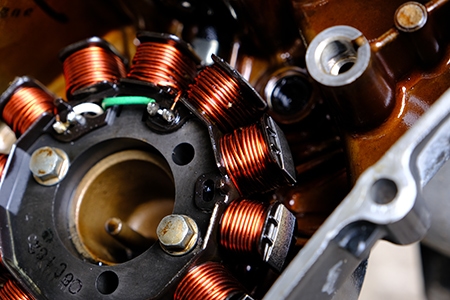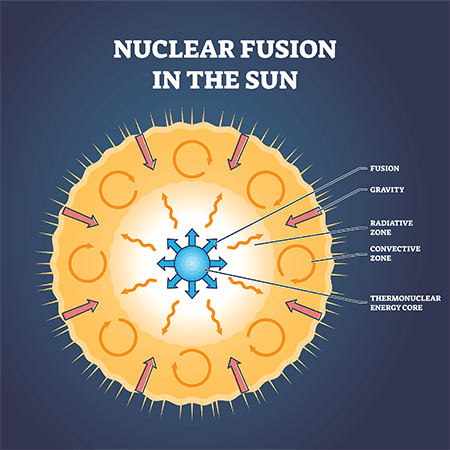 Permanent magnets play a critical role in electric vehicles (EVs). They are used in the electric motors that power the wheels, as well as in other components such as the power steering and air conditioning system.
Permanent magnets play a critical role in electric vehicles (EVs). They are used in the electric motors that power the wheels, as well as in other components such as the power steering and air conditioning system.
Permanent magnets create a strong magnetic field that does not require electricity to maintain. This makes them ideal for use in EVs, as they can help to improve the efficiency of the electric motor and extend the range of the vehicle.
The most common type of permanent magnet used in EVs is neodymium iron boron (NdFeB). NdFeB magnets are very strong magnetically enabling miniaturization, making them ideal for use in applications where space and weight are at a premium.
Here are some of the specific benefits of using permanent magnets in EVs:
- Improved efficiency: Permanent magnet motors are more efficient than other types of electric motors, such as induction motors. This means that they can convert more of the electrical energy from the battery into mechanical energy to propel the vehicle.
- Higher torque density: Permanent magnet motors have a higher torque density than other types of electric motors. This means that they can produce more torque for a given weight and size. This is important for EVs, as it allows them to accelerate quickly and climb hills easily.
- Reduced heat generation: Permanent magnet motors generate less heat than other types of electric motors. This is because they do not require electricity to maintain their magnetic field. This helps to extend the lifespan of the motor and improve the overall efficiency of the EV.
Overall, permanent magnets play a vital role in the performance and efficiency of electric vehicles. They are essential components in the electric motors that power the wheels, and they are also used in other important components such as the power steering and air conditioning system.
Further reading:


